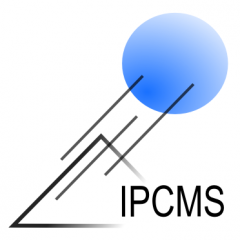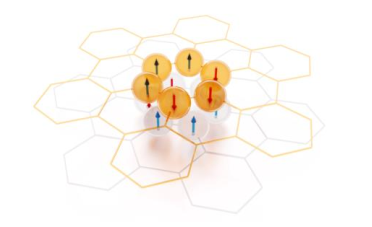Dr. Cécilia Ménard-Moyon (CNRS, Immunology, Immunopathology and Therapeutic Chemistry, UPR 3572, University of Strasbourg)
Abstract :
The relatively low-cost production of graphene oxide (GO) and its dispersibility in various solvents,
including water, combined with its tunable surface chemistry, make GO an attractive building block to
design multifunctional materials. There are many applications for which it is fundamental to preserve
the intrinsic properties of GO, for instance in the biomedical field. As a consequence, the derivatization
of GO to impart novel properties has to be well controlled and the characterization of the functionalized
samples thoroughly done. Despite the great progress in the functionalization of GO, its chemistry is not
always well controlled and not fully understood.[1] In this context, I will explain some strategies for the
functionalization of GO through the selective derivatization of the epoxides and hydroxyl groups without
alteration of its properties and with biomedical perspectives for anticancer therapy.[2,3] I will also
present how the incorporation of carbon nanomaterials, such as carbon nanotubes and GO, in hydrogels
formed by the self-assembly of aromatic amino acid derivatives can control drug release.[4,5]
[1] Guo S, Garaj S, Bianco A, Ménard-Moyon C, Nat. Rev. Phys., 4 (2022) 247.
[2] Guo S, Nishina Y, Bianco A, Ménard-Moyon C, Angew. Chem. Int. Ed. Engl., 59 (2020) 1542.
[3] Guo S, Song Z, Ji DK, Reina G, Fauny JD, Nishina Y, Ménard-Moyon C, Bianco A, Pharmaceutics, 14 (2022) 1365.
[4] Guilbaud-Chéreau C, Dinesh B, Schurhammer R, Collin D, Bianco A, Ménard-Moyon C, ACS Appl. Mater.
Interfaces, 11 (2019) 13147.
[5] Xiang S, Guilbaud-Chéreau C, Hoschtettler P, Stefan L, Bianco A, Ménard-Moyon C, Int. J. Biol. Macromol., 255
(2024) 127919.




